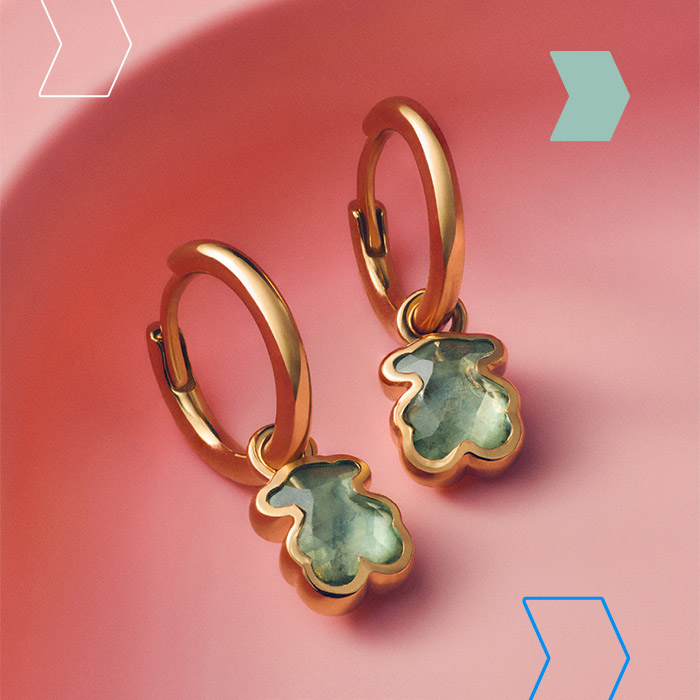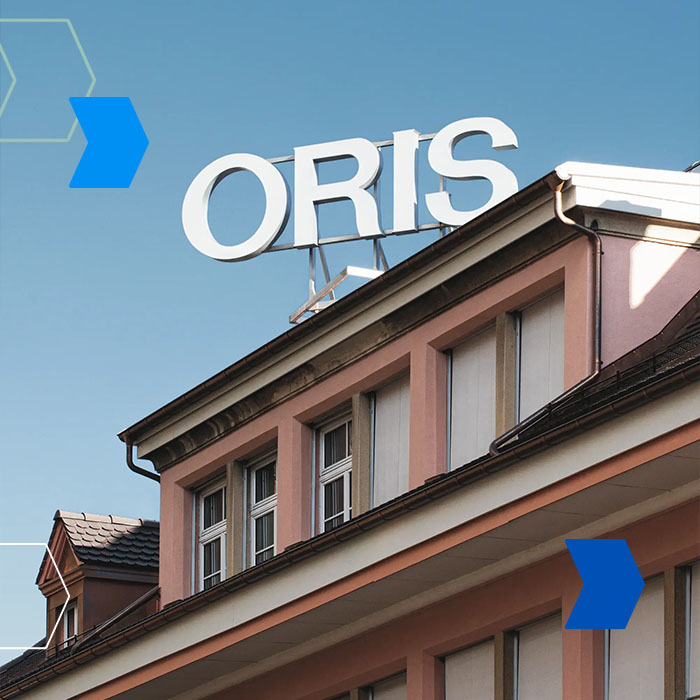
Spy | How blue light affects you
There are two types of blue light: short-wave and long-wave blue light. It occurs naturally from the sun and it’s created artificially from our computer screens, tablets and phones. Find out the effects of both types of blue light and how Spy Optic harnesses the power of long-wave blue light to create the best sunglass lens.
Short-wave blue light – the bad rays
The short-wave blue light has been linked to eye and skin damage that occurs from overexposure. This high-energy visible (HEV) light is the kind many other eyewear companies attempt to eliminate. Like UV, HEV can have lasting effects on your health.
Long-wave blue light – the good rays
On the other hand, long-wave blue light has been linked to the brain’s production of serotonin, the chemical responsible for regulating mood and increasing alertness.
Spy Happy Lens™ – a better blue light filter
The Spy Happy Lens™ set the standard for lenses when it was released in 2013. With superior color and contrast, 100% UV and harmful blue light blockage, it’s the only lens capable of letting you soak up the good rays of blue light.
Other blue light blocking glasses don’t distinguish the difference between HEV and long-wave, so they lump it altogether. Sure, HEV is known to cause macular degeneration which can lead to permanent vision loss, but what does that have to do with eliminating the benefits of the good rays?
Those blue light blockers can’t compete with the Spy Happy Lens™, which takes in the rays that can help regulate our circadian rhythm (our sleep cycles), boost our mood, alertness and even help with improving memory.
Are you interested in Spy Optic for your travel retail business? Please contact Alejo Lopez de Armentia – Category Manager for Sunglasses.



